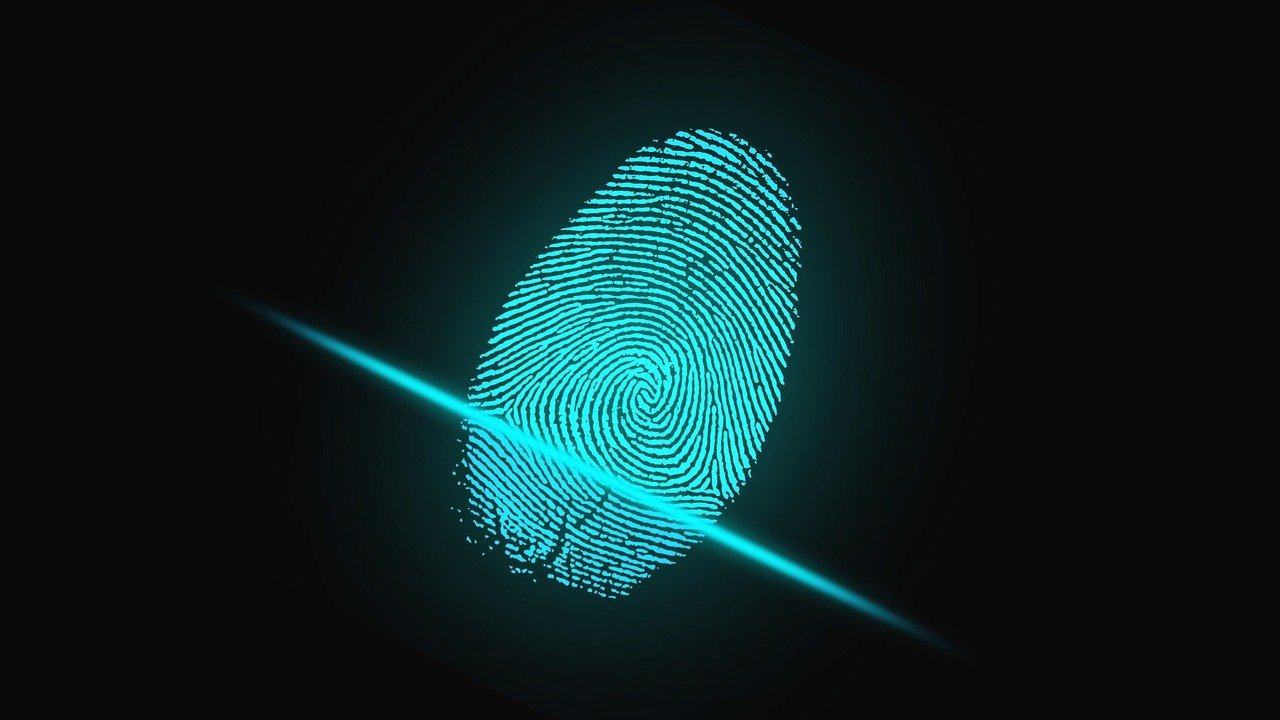The body as key – Biometric methods for consumers
From facial recognition at the airport to smart loudspeakers with speaker recognition or fingerprint scanners on our cell phones – the human body has become a source of a multitude of data. This ITA study analyzes the consequences of this development, focusing on issues of data protection and societal impacts.
Currently, everyone is talking about face recognition. Recently, the public has become aware that it is already a profitable business concept to collect and evaluate hundreds of millions of portraits available on the internet. This kind of software can then be sold to law enforcement agencies for face recognition, among others. It thus represents a powerful surveillance tool able to identify us on the basis of our physical characteristics.
Recently, the issue of face recognition in public space has been increasingly discussed in public. This is a surveillance tool to identify persons by their physical characteristics. While these applications are mainly required by the security and law enforcement authorities, consumers are also confronted with the measurement and monitoring of physical features in many other areas. Fingerprints to unlock laptops, voice analysis for smart speakers, facial recognition when crossing borders on holiday, iris scans for modern door locks – they all process biometric features.
How is this affecting our privacy? What are possible societal impacts? The study gives a brief overview of common methods and discusses the potentials and risks of biometric information-processing. In a summary analysis, we present the impact on consumers and society and develop recommendations for European and Austrian policy makers.
Publications
Publications
- . (2021). Biometrie für Konsument/innen: Bequeme Schlüsseltechnologie oder Überwachungstool?. In M. Reiffenstein & Blaschek, B. (Eds.), Konsumentenpolitisches Jahrbuch 2021 : Trends, Rechtsentwicklung und Judikatur der letzten zwei Jahre (pp. 233-261). Wien: Verlag Österreich. doi:10.33196/9783704688804
- . (2021). Biometrie: Körper als Universal-Ausweis? ITA-Dossier Nr. 55 (April 2021; AutorInnen: Stefan Strauss, Felix Schaber, Walter Peissl). Wien. doi:10.1553/ita-doss-055
- . (2021). Biometrics: The body as universal ID? ITA-Dossier no. 55en (April 2021; Authors: Stefan Strauss, Felix Schaber, Walter Peissl). Wien. doi:10.1553/ita-doss-055en
- . (2021). Der Körper als Schlüssel? Biometrische Methoden für Konsument*innen (p. 96). Wien. doi:/10.1553/ITA-pb-2020-03
- . (2021). Massenüberwachung durch Biometrie. Ita-Newsfeed. Retrieved from https://www.oeaw.ac.at/ita/detail/news/massenueberwachung-durch-biometrie
- . (2020). Der Körper als Schlüssel. Ita-Newsfeed. Retrieved from https://www.oeaw.ac.at/ita/projekte/der-koerper-als-schluessel-biometrische-methoden-fuer-konsumentinnen
Conference Papers/Speeches
Conference Papers/Speeches
-
13/09/2021
, online (Brussels)
Walter Peissl, Stefan Strauß, :
The body as key?
How safe is biometric data and what impact does it have on AI regulation? (BEUC-Webinar)
Other Invited Lecture

